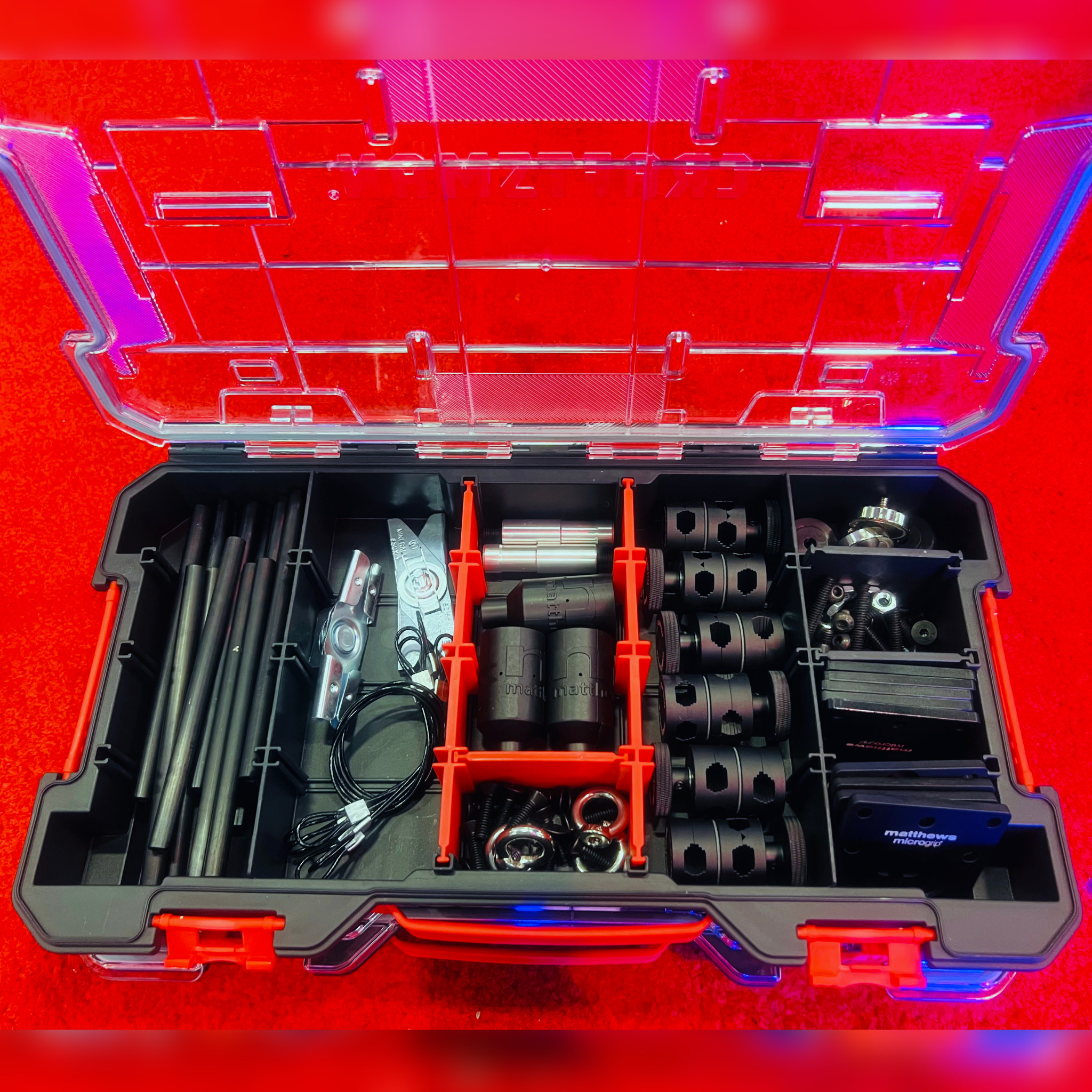Survey: One In Three Have Moved Parts of Their Broadcast Infrastructure To IP
Whether full or in part, adoption of IP is well underway, a new Haivision report finds

MONTREAL—A new Haivision survey reveals 65% of broadcasters and media professionals surveyed already have migrated at least a portion of their broadcast infrastructure to IP regardless of dealing with budget constraints and the complexities of transitioning workflows.
The finding, published in the new “Broadcast IP Transformation Report” from Haivision, is among the trends uncovered in a survey of more than 650 Haivision broadcast and media professional customers, the company said.
Haivision surveyed its customers for insight into the challenges they are facing, the technologies they are using and the opinions they have formed about emerging technologies that will impact the future of the industry.
Among broadcast respondents, 63% reported using the Secure Reliable Transport (SRT) open-source protocol. The protocol, developed and supported by Haivision, has overtaken the RTMP protocol as the most common method used to transport video via IP, the survey found.
The findings also reveal that 60 percent of respondents said they believed the future will involve deployment of new hybrid workflows in which there’s a mix of on-premise, IP and cloud technologies for on-site and remote staff.
When it comes to contribution, 70% of broadcast respondents reported relying on the internet to stream remote video for live production workflows. Low latency internet streaming also has been key in decentralizing remote production, making it possible for staff and talent to work from anywhere.
For the third year running, the annual survey found 5G topped the list of technologies that will most impact broadcasters within the next five years. A total of 68% selected the technology.
Get the TV Tech Newsletter
The professional video industry's #1 source for news, trends and product and tech information. Sign up below.
“The last two years have brought rapid and lasting changes to the way television broadcasters contribute, produce, distribute and deliver content,” said Marcus Schioler, vice president of marketing at Haivision.
“This year’s survey results give us a clearer understanding of how broadcasters are adapting to their new hybrid reality, whether it's how and where they work or what technologies they use," he continued. "The key to their success will rely on how flexible and agile they can make their broadcast workflows.”
The full report is available as a download from the company’s website.
Phil Kurz is a contributing editor to TV Tech. He has written about TV and video technology for more than 30 years and served as editor of three leading industry magazines. He earned a Bachelor of Journalism and a Master’s Degree in Journalism from the University of Missouri-Columbia School of Journalism.

